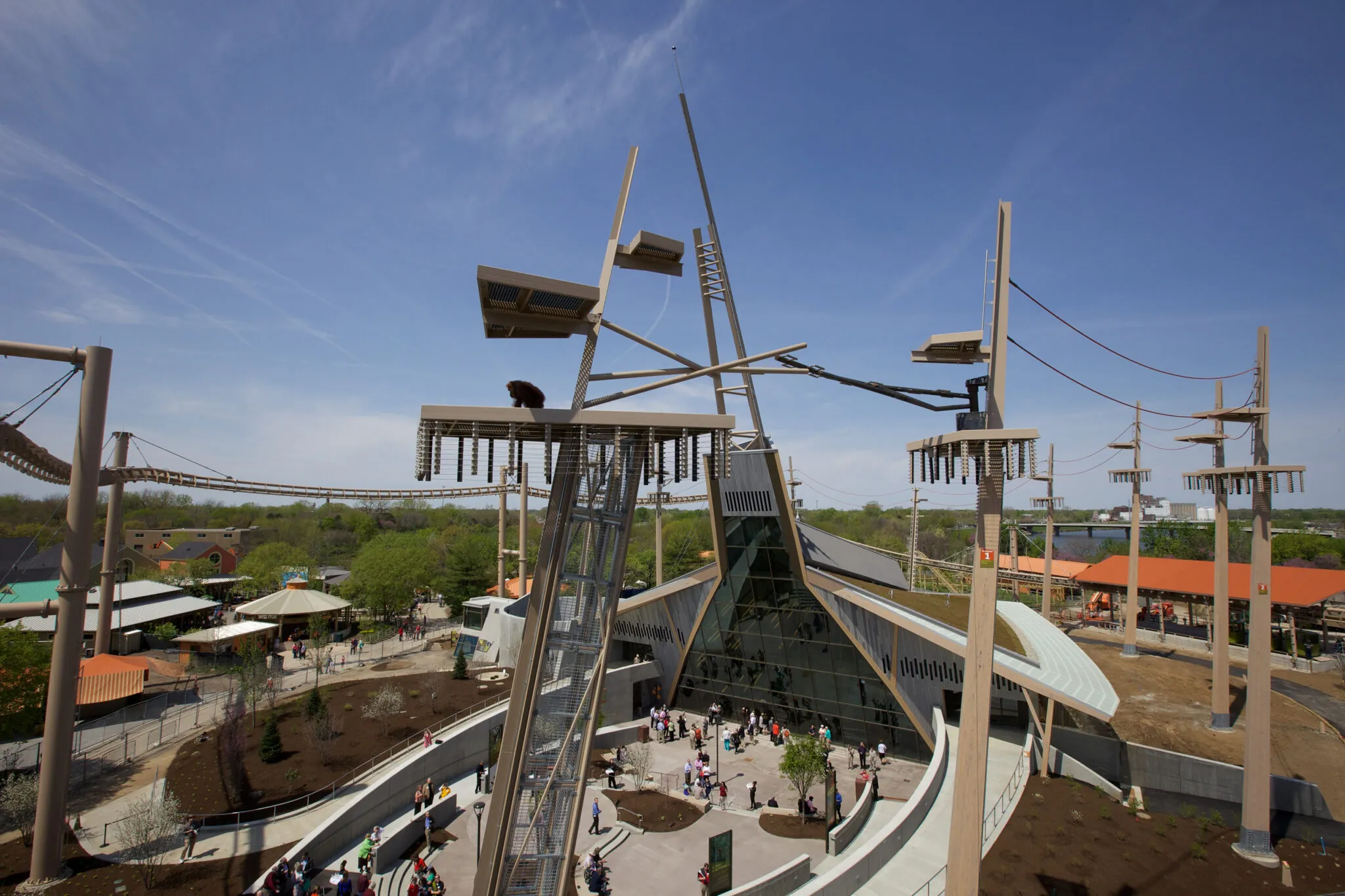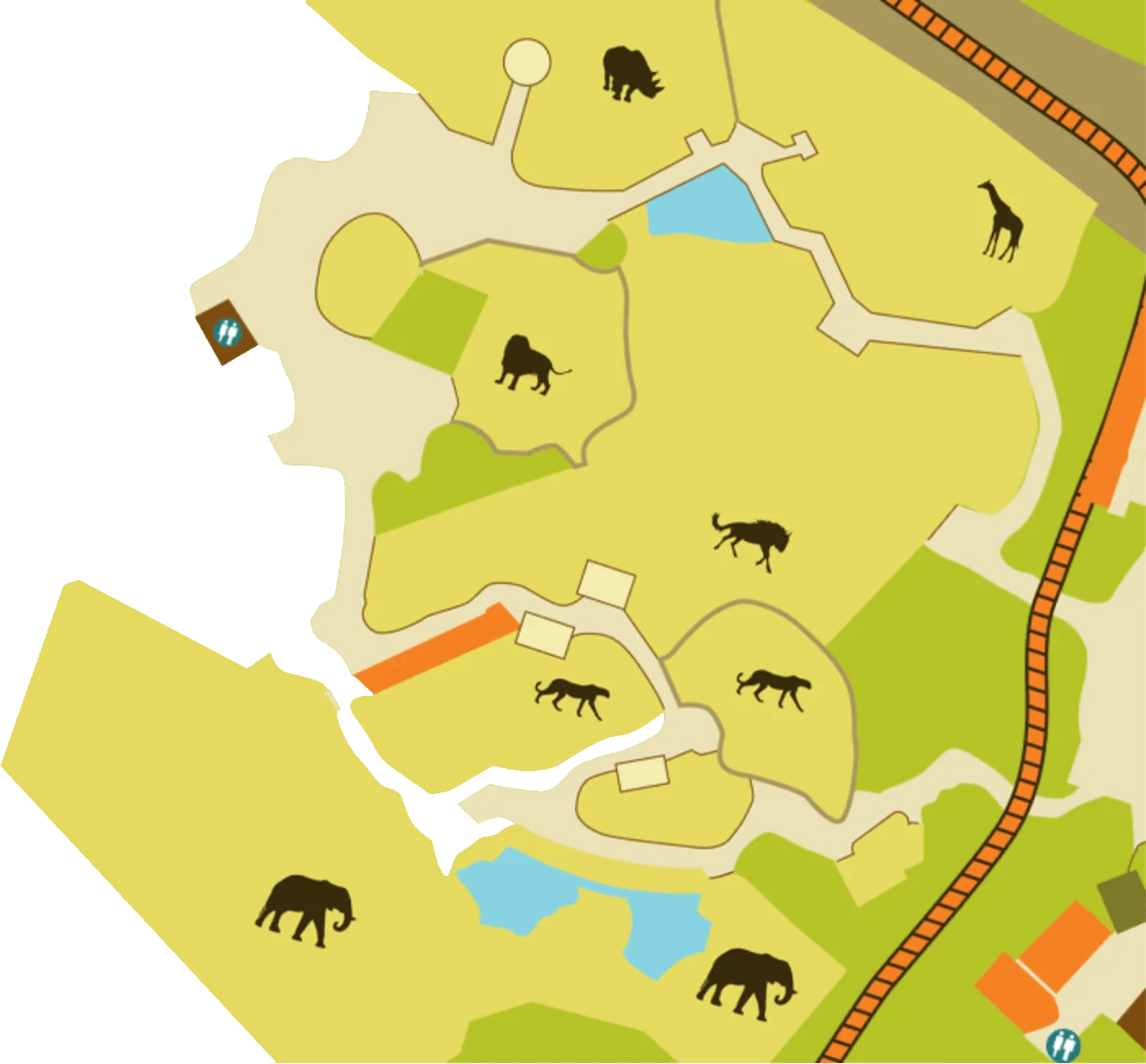-
Menu
- Plan Your Visit
- Meet The Animals
- Check Out Events
- Memberships
- About The Zoo
- Support the Zoo
- Conservation
- Education
- Groups & Private Events
- Zoo News
- Contact
- Indianapolis Prize
- Global Center for Species Survival
- Schedule
- Donate
- Membership
- Tickets

- Plan Your Visit
- Meet The Animals
- Check Out Events
- Memberships
- About The Zoo
- Support the Zoo
- Conservation
- Education
- Groups & Private Events
- Zoo News
- Contact
- Indianapolis Prize
- Global Center for Species Survival

This award-winning facility has been called one of the most significant zoo exhibits in the world!
About the Simon Skjodt International Orangutan Center
Designed to stimulate the apes’ physical, social and intellectual abilities, the Simon Skjodt International Orangutan Center is home to one of the largest groups of orangutans in any American zoo. It serves as a vital education, research and conservation center aimed at ensuring a positive future for critically endangered orangutans in the wild. It brings new hope to a species on the verge of extinction.

Buy Tickets Now And Save!
Pick your day. Pick your price. Pick your package. Prices online are cheaper than at the gate.
